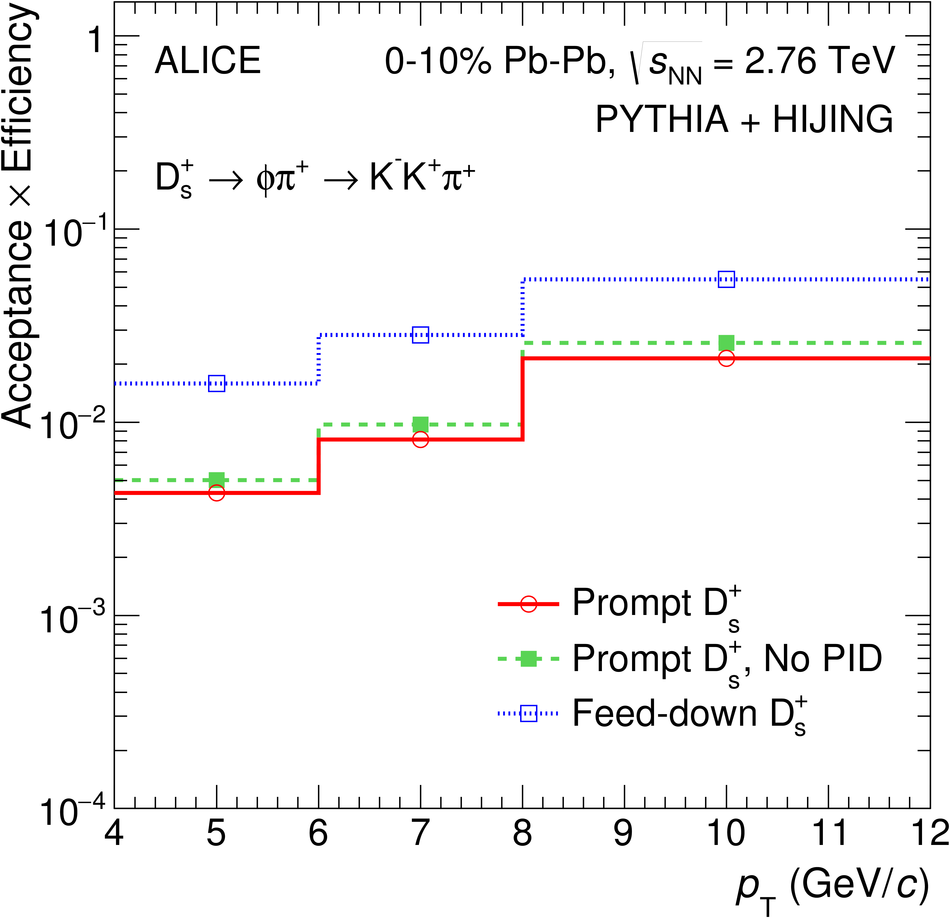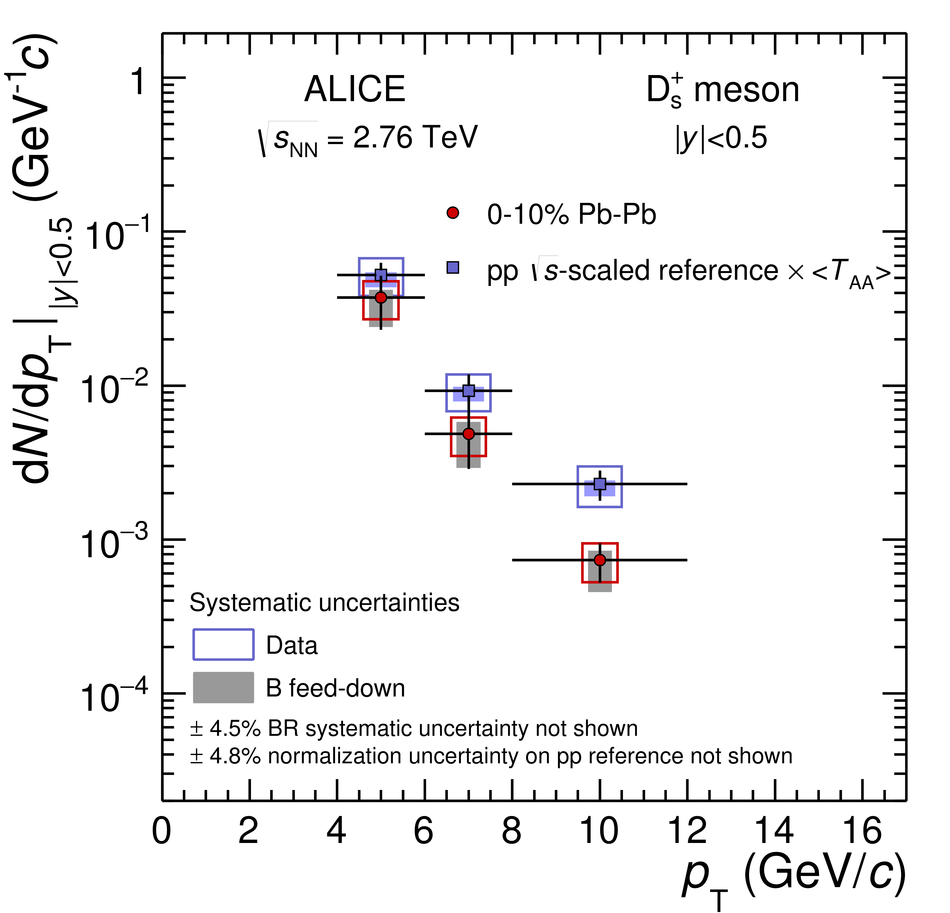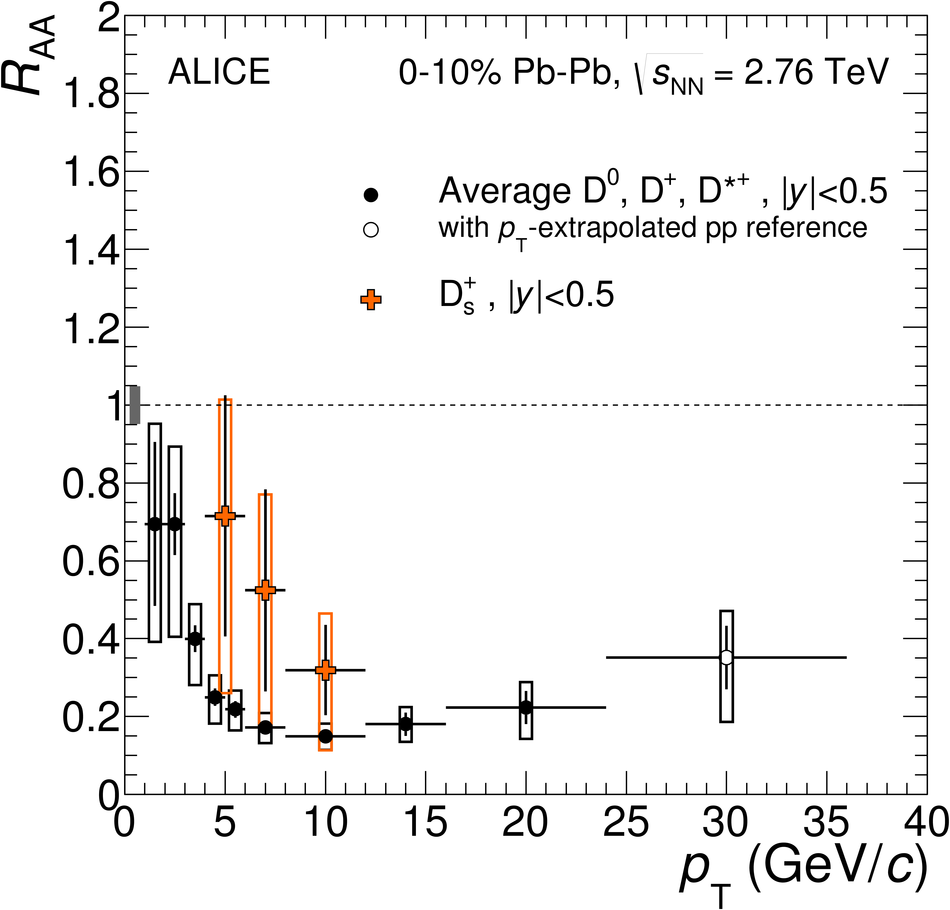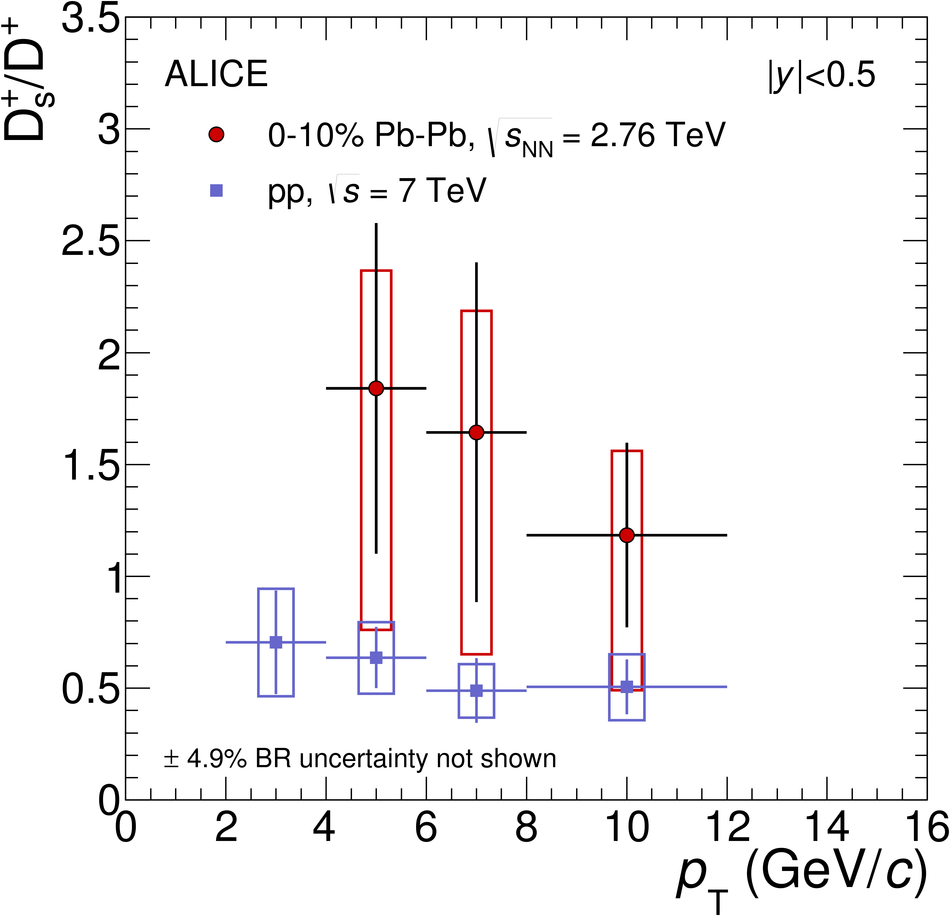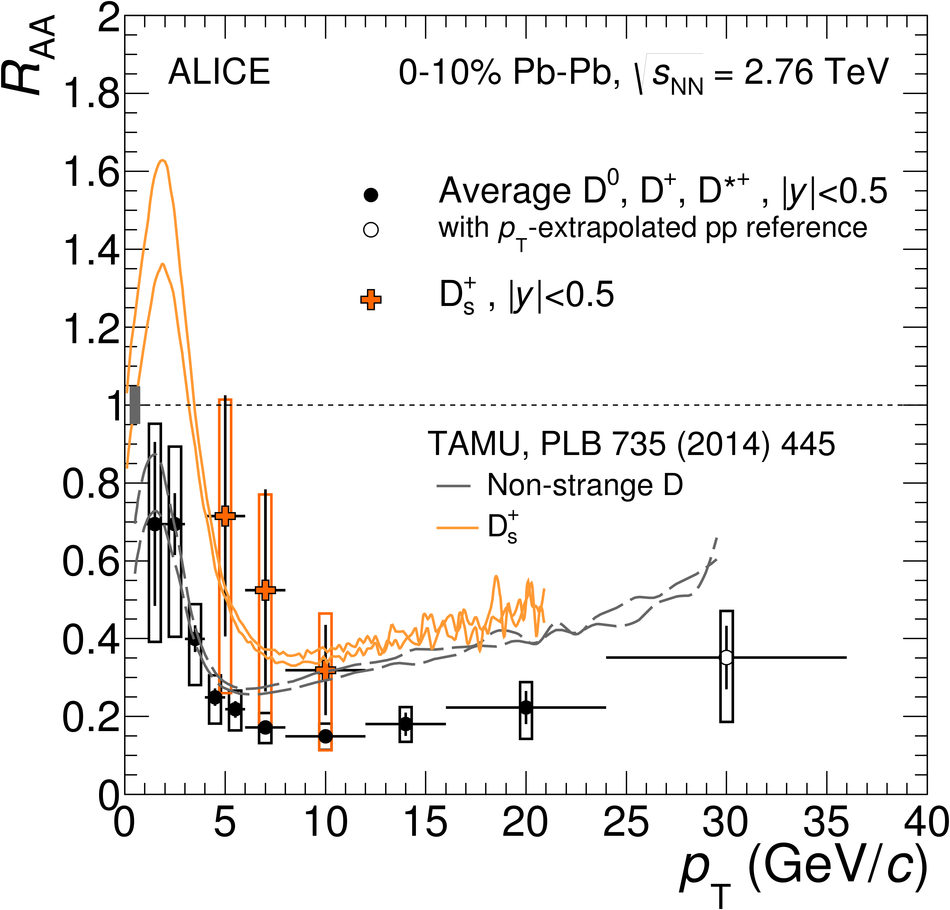The production of prompt D$_s^+$ mesons was measured for the first time in collisions of heavy nuclei with the ALICE detector at the LHC. The analysis was performed on a data sample of Pb-Pb collisions at a centre-of-mass energy per nucleon pair, $\sqrt{s_{\rm NN}}$, of 2.76 TeV in two different centrality classes, namely 0-10% and 20-50%. D$_s^+$ mesons and their antiparticles were reconstructed at mid-rapidity from their hadronic decay channel D$_s^+\rightarrow\phi\pi^+$, with $\phi\rightarrow$K$^-$K$^+$, in the transverse momentum intervals $4<~ p_{\rm T}<~12$ GeV/$c$ and $6<~ p_{\rm T}<~12$ GeV/$c$ for the 0-10% and 20-50% centrality classes, respectively. The nuclear modification factor $R_{\rm AA}$ was computed by comparing the $p_{\rm T}$-differential production yields in Pb-Pb collisions to those in proton-proton (pp) collisions at the same energy. This pp reference was obtained using the cross section measured at $\sqrt{s}= 7$ TeV and scaled to $\sqrt{s}= 2.76$ TeV. The $R_{\rm AA}$ of D$_s^+$ mesons was compared to that of non-strange D mesons in the 10% most central Pb-Pb collisions. At high $p_{\rm T}$ ($8<~ p_{\rm T}<~12$ GeV/$c$) a suppression of the D$_s^+$-meson yield by a factor of about three, compatible within uncertainties with that of non-strange D mesons, is observed. At lower $p_{\rm T}$ ($4<~ p_{\rm T}<~8$ GeV/$c$) the values of the D$_s^+$-meson $R_{\rm AA}$ are larger than those of non-strange D mesons, although compatible within uncertainties. The production ratios D$_s^+$/D$^0$ and D$_s^+$\D$^+$ were also measured in Pb-Pb collisions and compared to their values in proton-proton collisions.
JHEP 03 (2016) 082
HEP Data
e-Print: arXiv:1509.07287 | PDF | inSPIRE
CERN-PH-EP-2015-253


